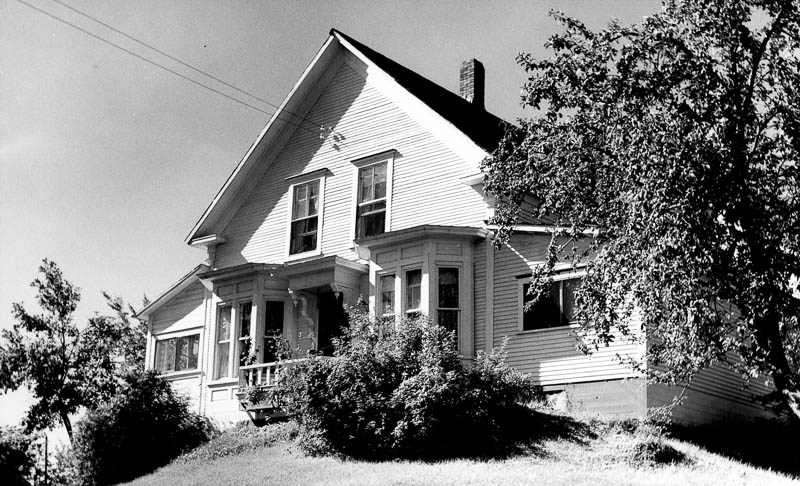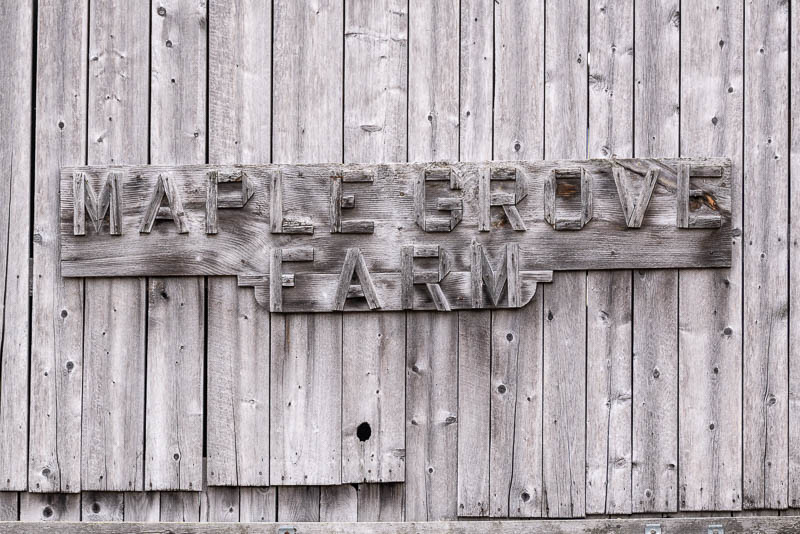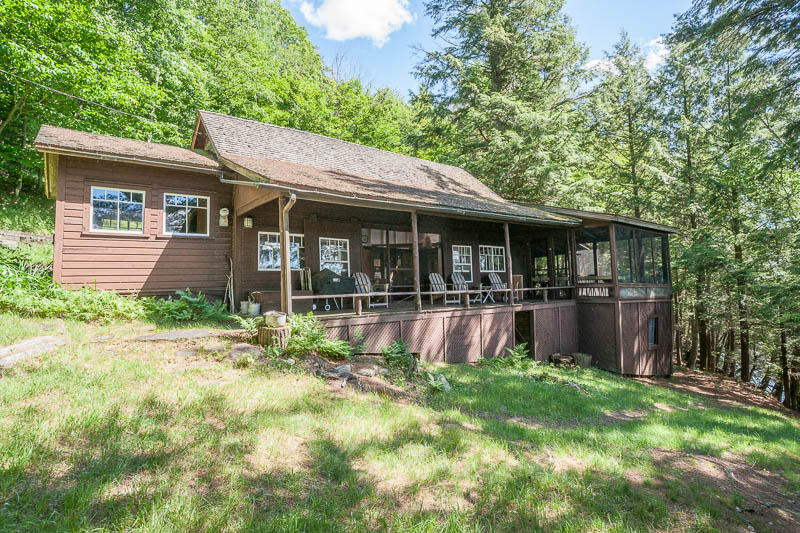

Inventory of buildings
One of Heritage Ogden's primary goals is to produce a complete inventory of old buildings in the municipality. This would include houses, barns, cottages and other significant structures, generally dating from the 1950s or earlier. Apart from being a good reference for local historians, these structures may be eligible for grants from the provincial government to aid in restoration work, and being listed as a building of local significance is the first step in applying for these proposed grants.

The legacy of 19th century buildings that dot the Ogden landscape, lend a wonderful charm to the countryside and serve as a very visible link to its past. This built heritage may have a more subtle hold on our conscious sensibilities, but it is nonetheless greatly valued. It is also at risk.
The loss of rural architectural heritage is almost always piecemeal, a generally unremarkable but unrelenting phenomenon: a fire here, an abandonment there, perhaps a demolition for development reasons, maybe a collapse due to rot. The buildings and the history they embody are picked off one by one. In the end, our landscape loses ever more of its patina and charm, and we are the poorer for it. However it is not possible to be vigilant (and proactive) in matters of heritage preservation without knowing what is out there. The purpose of the old building inventory is to provide that knowledge.
As a community, our best path forward in preserving heritage will not be by enacting by-laws, but by encouraging pride of ownership. We must therefore identify those structures and sites most deserving to be recognized as valued heritage, disseminate this knowledge and educate the public (and decision makers) about its existence, honour and celebrate this heritage in an appropriate fashion, and take steps to preserve it.


As an entirely rural municipality, Ogden has actually been fortunate to have retained a good number of 19th and very early 20th century buildings. These include old farmhouses, barns, outbuildings, commercial buildings, hotels/inns, churches, schools, and yes, even cottages. Somewhat ironically, while most 20th century development of the Municipality has been restricted to the shoreline, the interior of Ogden has been largely spared this restructuring, and many older farmhouses remain (old barns on the other hand are very rare).
Heritage Ogden has been given the mandate by the Municipality (resolution 2015-09-224) to produce an inventory of the community’s old buildings, in alignment with articles 8 and 120 of the Loi du patrimoine culturel de Québec.
Based on the current numbers of surviving examples, we have decided to concentrate on buildings that fall into two categories:
1. Farm buildings (including farm houses, barns, outbuildings, sugar shacks, and also residential houses in the hamlets) whose date of initial construction falls in the period 1800 to 1899.
2. Schools, churches, commercial, industrial or institutional buildings, inns/hotels and summer cottages whose date of initial construction was before 1950.
It is not a simple task to flesh out the inventory. As the heritage value of an old building is, at least in part, linked to its age, how does one determine when the original core of the building might have been constructed? How do you recognize an old building when it has seen multiple renovations and exterior facelifts over a century of occupation? A reasonable estimate for a building’s age, is best determined by solid documentary evidence (e.g. diary or letters belonging to the original owner, contemporary newspaper reports, specific notarial entries). Less reliable but still very valuable are oral histories, neighbourhood stories, and hints from genealogies, and land title transfers. Often, all we can rely on is physical evidence from the buildings themselves. Often the granularity in terms of age for such evidence is quite large, and the best that can be estimated is an age plus or minus 10 years! Unfinished portions of basements and attics, are the most fertile grounds for collecting evidence for the age of construction.

What about other aspects of heritage value, other than mere age? Our committee has developed a draft template of a point system, that attempts to capture some of this “other” value for a particular building, and this is presented below. We would welcome feedback on it. One might ask, why bother scoring a building’s heritage value at all? Or subsequently ranking them by their score? The simple answer is, because we will be asked. Should a demolition permit for a building come up, how does anyone know if it has heritage value? How can we possibly nominate a particular building for local heritage status (and thereby increase its chance of long term survival), if we cannot demonstrate that its heritage value, relative to its peers, is high? You can understand why a somewhat objective scoring system is imperative.
Volunteers to work on the inventory would be most welcome. We can provide some training. Some knowledge of construction might be useful, but more important is a willingness to put up with cobwebs and dirt in attics and basements that you have been permitted to inspect.
It is important to note that the data in the inventory is based on building inspections, only done with owner consent, and from information gleaned from what is currently available in the public domain. Furthermore, information acquired by inspection or oral histories and other data provided by building owners, will not be released to the public without owner consent.